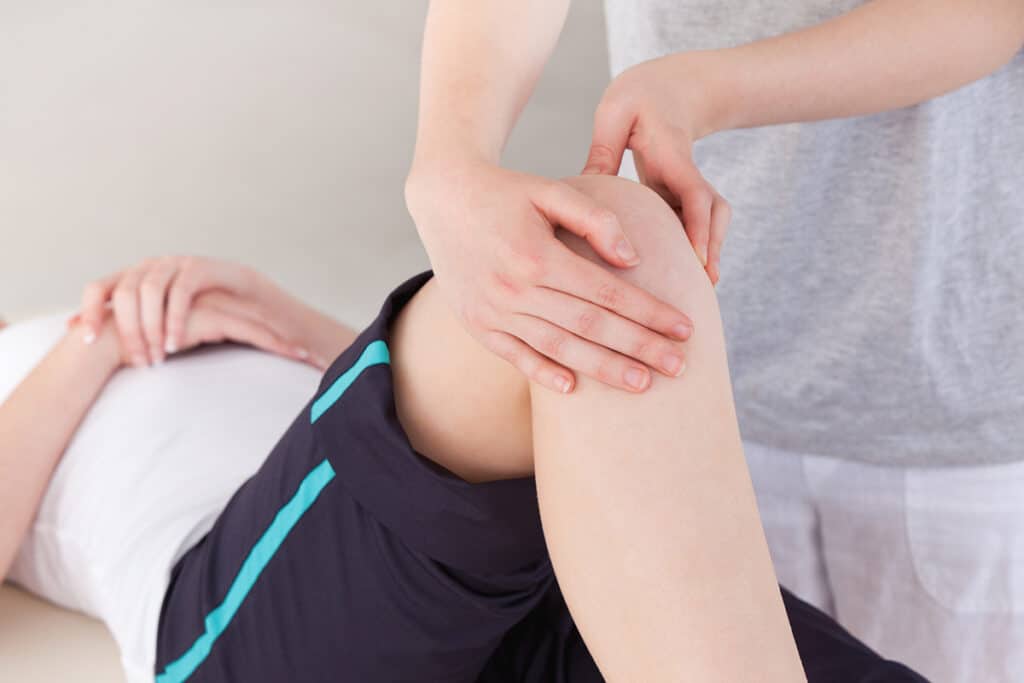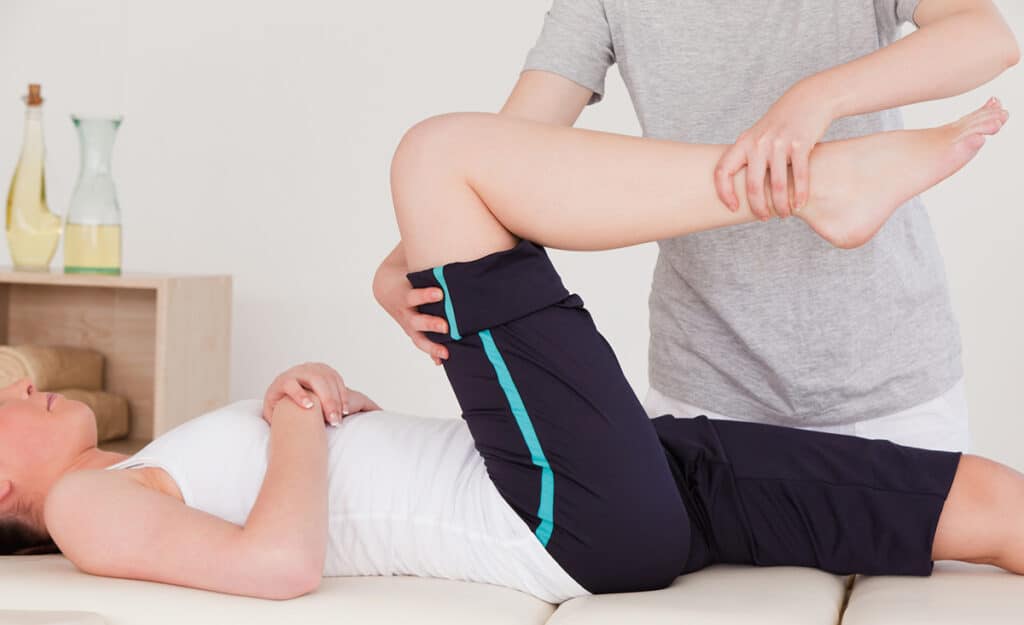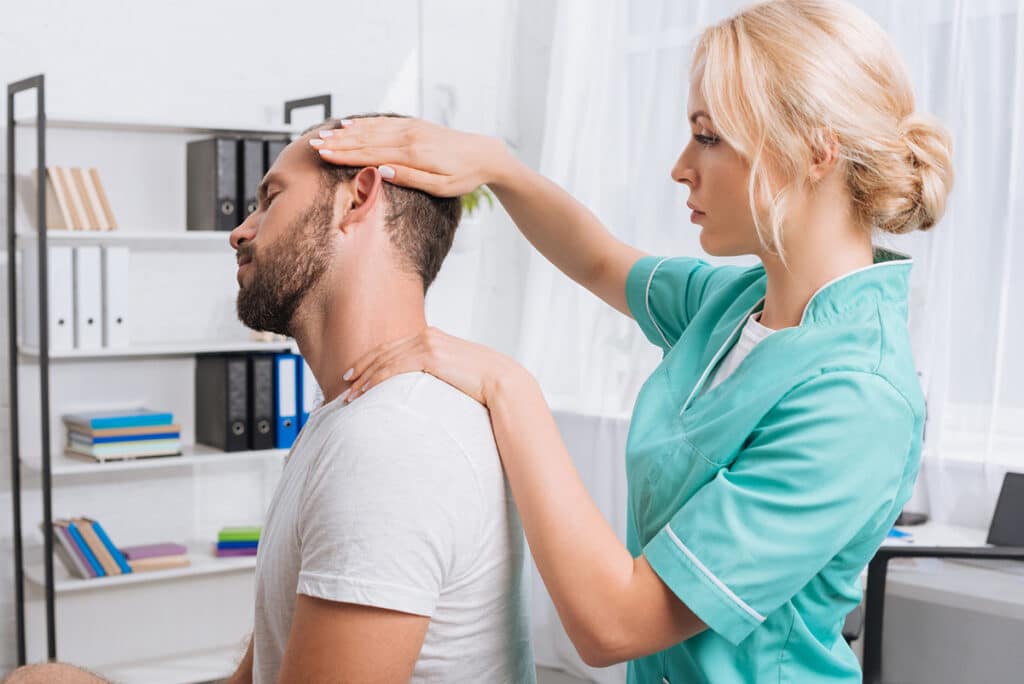
Physical Therapy After a C-section Improves Patient Outcomes
Cesarean section is one of the most common surgeries performed in the U.S. Women who undergo c-section often experience low back and pelvic pain. Patients who go to physical therapy after a c-section see significant improvements in recovery. Still, postoperative PT is not standard following abdominal surgery like it is with joint surgery. Research on PT following a C-section A







